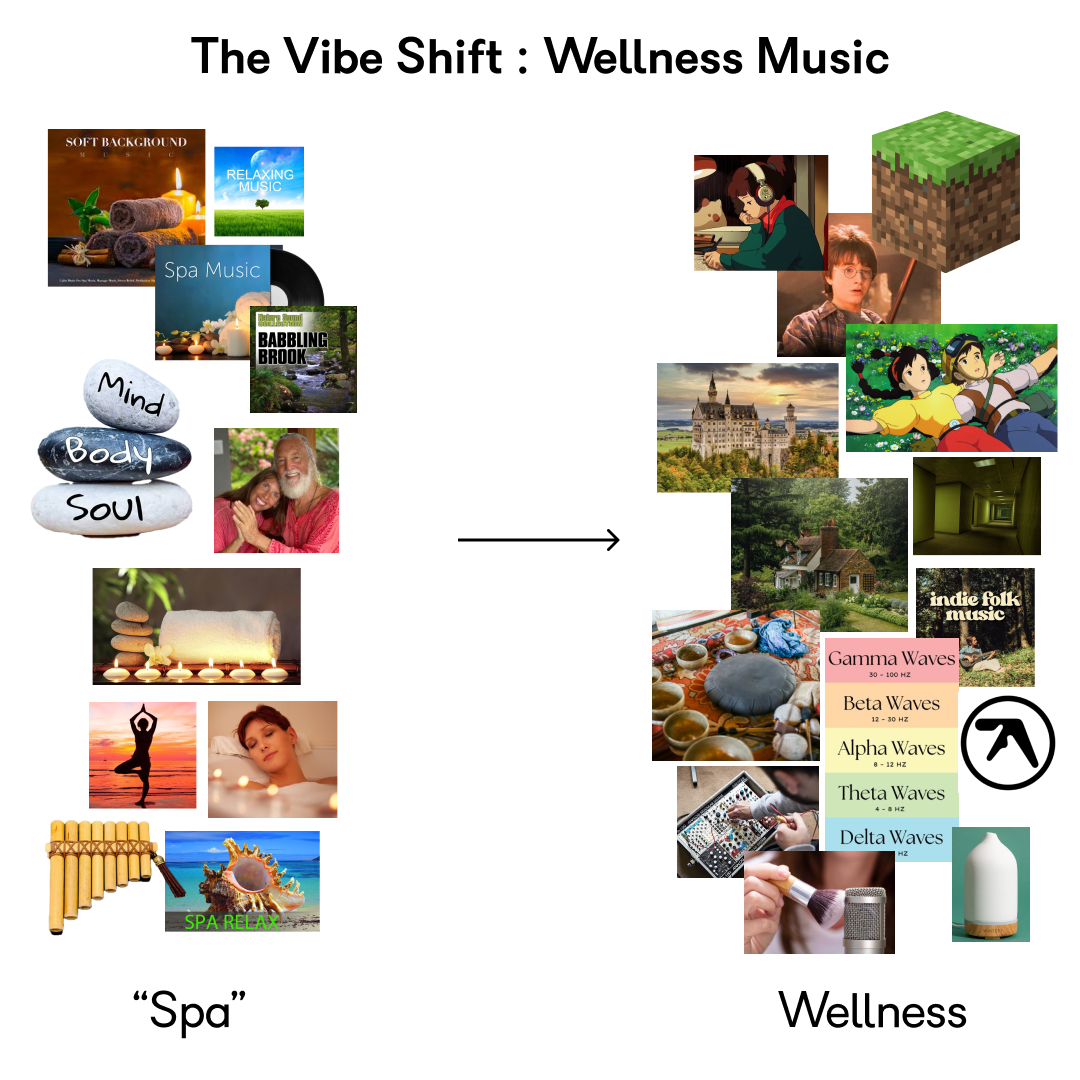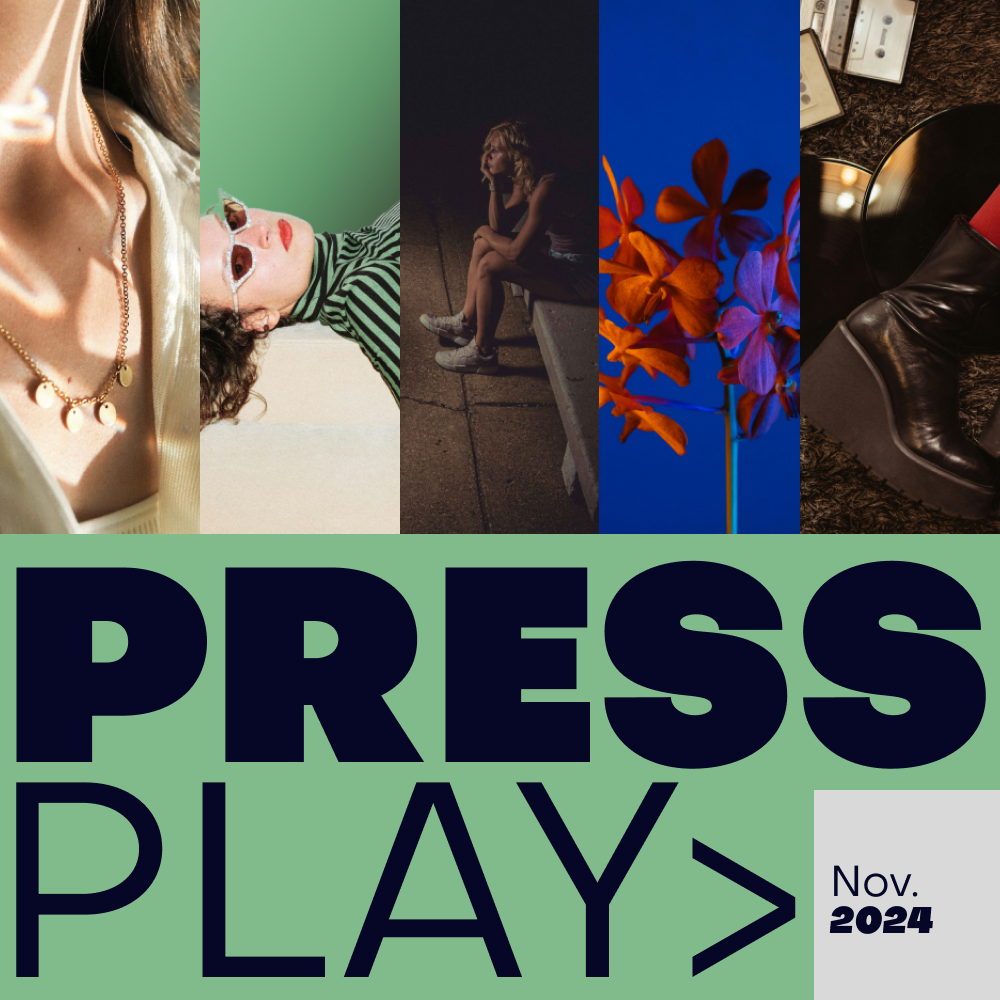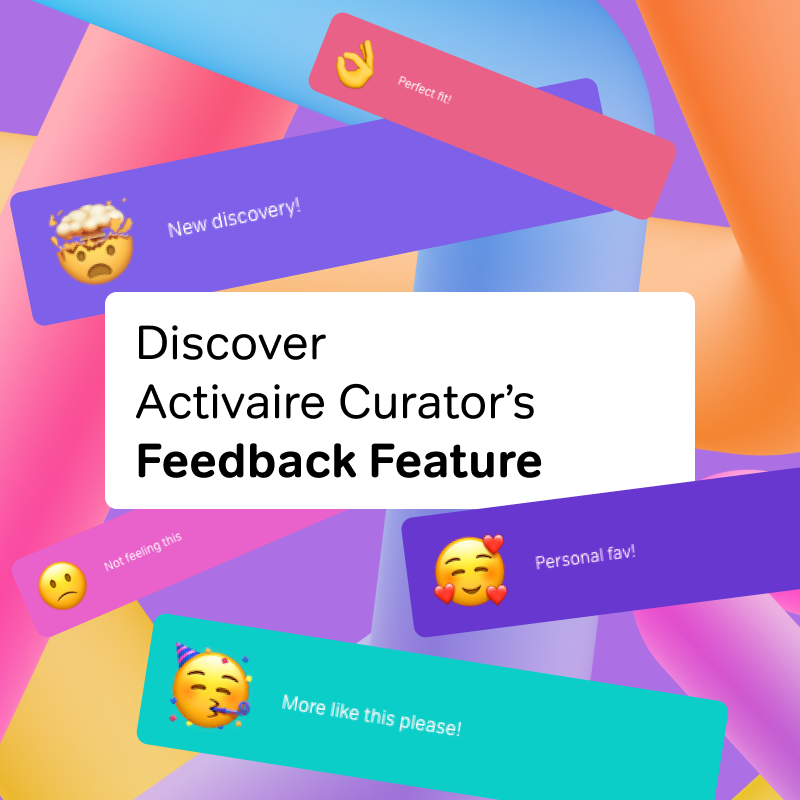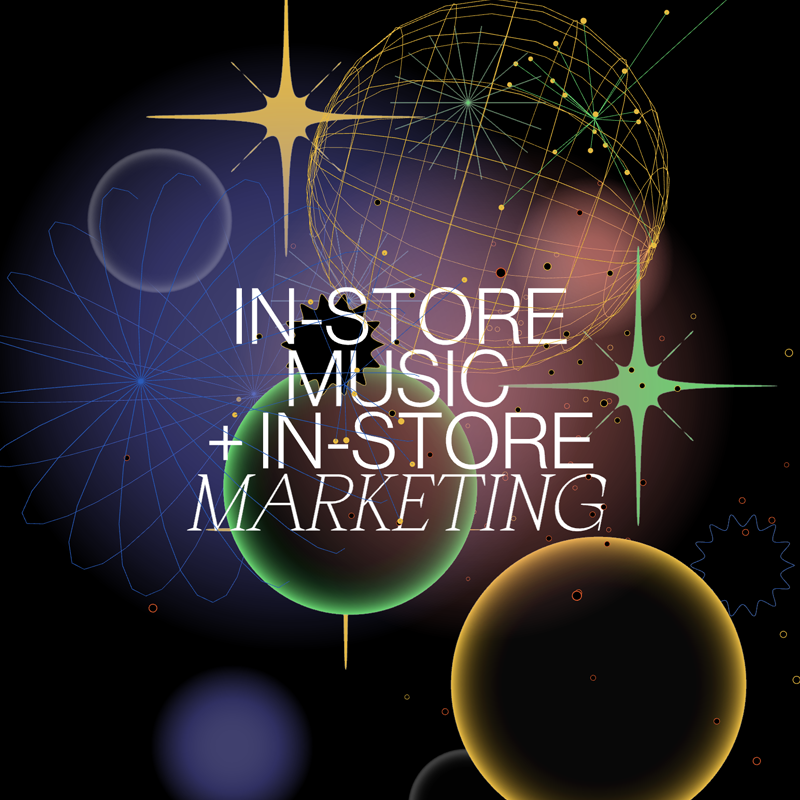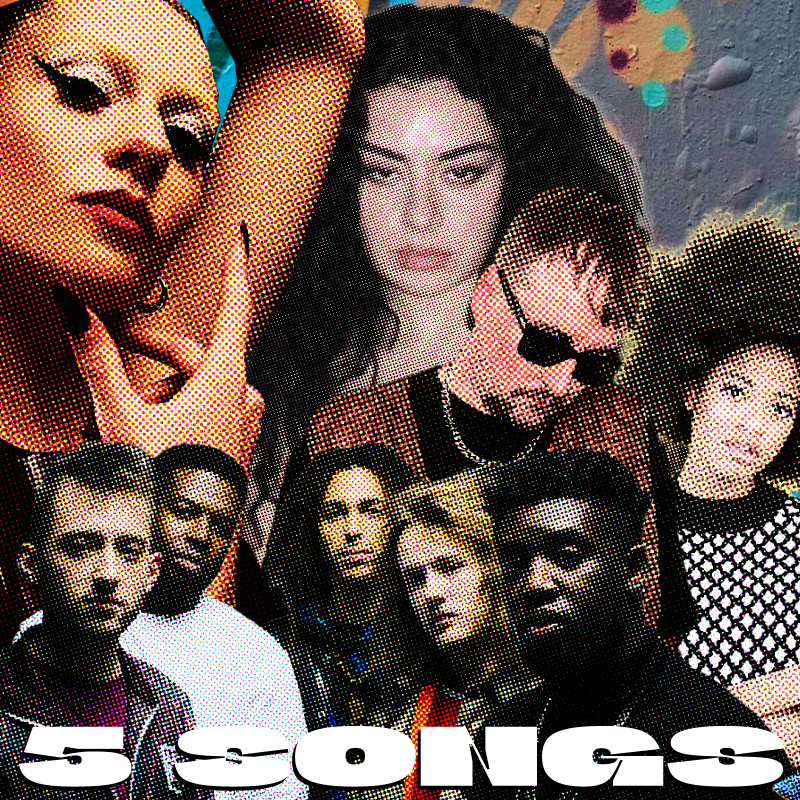Store playlists: Discover the downside of letting your employees decide what music plays in your store.
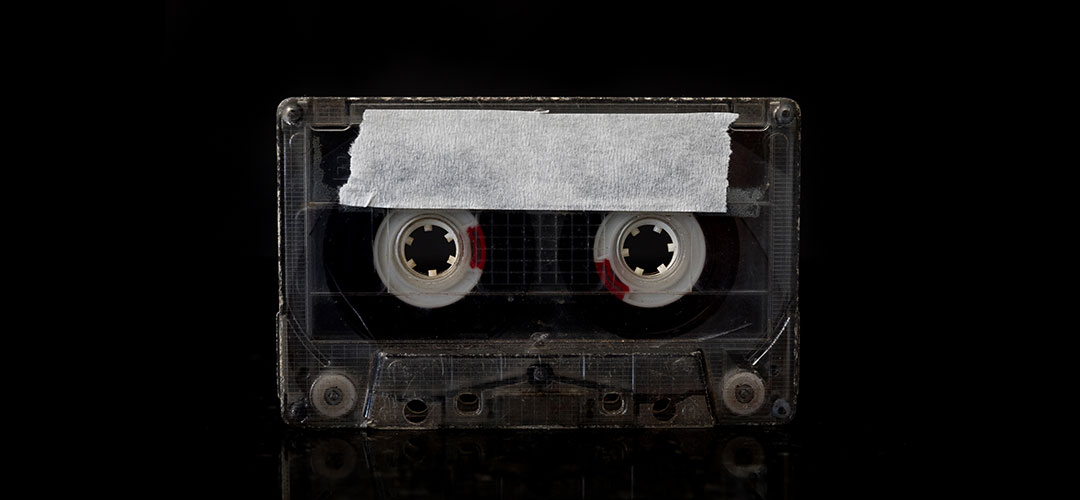
Have you been letting your staff decide what’s on your store playlists? According to the Journal of Retailing and Consumer Services, you shouldn’t.
Depending on your staff to curate your business’s music can be hit or miss, but it’s mostly a miss. There are better ways to use your staff’s insight on customer demographics and behavior.
There is a science to how music stimulates us on emotional and subconscious levels. And then we have the art, like with painting or sculpture, we must understand composition, weight, value, and color. Understanding how music creates a sense of place, communicates brand messaging, and the way it reflects your story and the aspirations of your customers is vital to creating a successful store playlist.
So what happens when brands let their staff decide what to play and science, art, and anthropology are not part of the process? According to a study published in the Journal of Retailing and Consumer Services, there is a reduction in sales. The study lasted for 56 weeks, with an additional 22 weeks allocated to gather sales data before the experiment. During the 56 weeks, employees in 8 stores of a large fashion retailer controlled the store playlists. The initial assumption was that this perk would be motivational and motivated staff would lead to higher sales.
“Overall sales decreased by an average of 6% when store staff had control over the music selection. The stores saw a decrease in sales of 11% with female customers during this test. “
The study suggests three possible reasons for the decline in sales.
- While curating music and creating store playlists for brands is a lot of fun, it’s also a lot of work, and when left in the hands of store staff, the impact on customer satisfaction is often negative. Staff members spent too much time off the sales floor adjusting the music and not less time interacting with customers. This experiment used a service that provided staff with the ability to drag and drop their playlists from Spotify.
- The music the staff chose was too loud or too intense. It’s a common misconception that louder and faster gets people to open their wallets. Deciding on the volume, energy, and tempo of in-store music depends on many factors, and it’s much easier to get it wrong than most people think.
- The staff either lacked the skillset required to convey the brand message through music or misinterpreted it. When their music choices did not fit the brand image or live up to customer expectations, they saw a decline in sales.
The study concludes that it’s not a great idea to allow your staff to control what’s in your store playlists.
Here are some ideas on how to involve your staff in the process of developing your Audio Brand and store playlists.
- Conduct a quarterly brand review to educate your staff on the evolution of your messaging, marketing strategies, look and feel, and music program. Understanding how their store playlists fit into the overall brand DNA will lead to greater engagement and ownership of the Audio Brand.
- Survey your staff to get their insights on customer demographics, foot traffic patterns, and peak/off-peak times. Ask them to describe the kind of music they feel is appropriate for your customers and compare it to the brand’s vision and message. Capture the ideas that match the brand’s DNA and discuss why the others were not a good fit.
- Try to find a way to incorporate their music suggestions. Our Curation team can take these examples and find songs or genres that meet both staff and brand expectations.
- Using Activaire Curator, you can provide a curated selection of branded playlists that your staff can trigger as the store’s dynamic changes throughout the day. The ability to control the energy level or other aspects of the music without going off-brand is a key benefit of Activaire Curator.
- Create a store playlist featuring your staff’s favorite songs that plays when the store is closed. There’s nothing like walking into work and hearing your jam before the doors open to the public.
Learn more about music curation and how you have just 1.4 nanoseconds to convince your customer to come inside.
